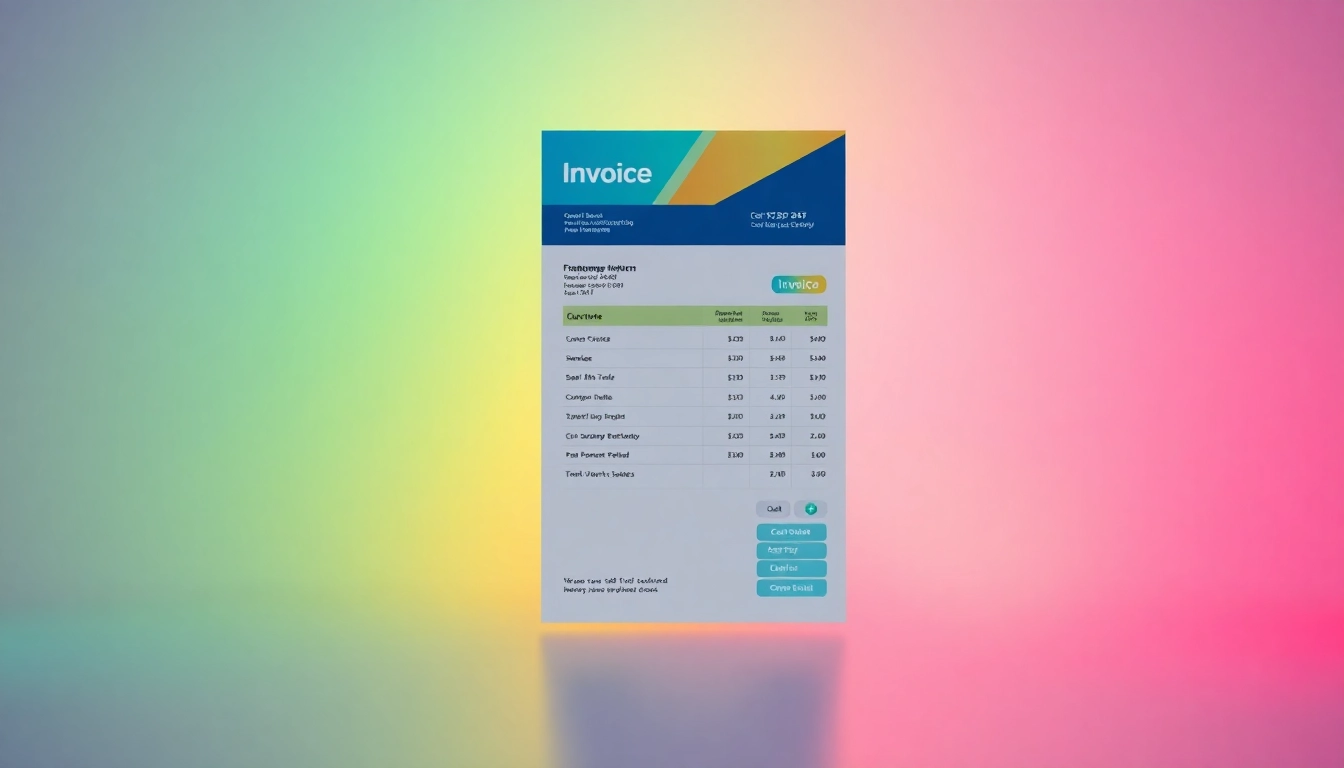How Canadian Businesses Can Optimize Employee Group Benefits for Workforce Well-Being
Understanding Employee Group Benefits and Their Impact on Business
The Fundamentals of Employee Group Benefits in Canada
Employee group benefits are comprehensive insurance and wellness programs offered collectively to employees by their employer. In Canada, these plans typically include health coverage, dental care, vision, life insurance, disability income protection, and optional wellness benefits. Designed to support employee well-being, these benefits are a crucial component of an organization’s total compensation package.
Unlike individual insurance policies, group benefits are purchased in bulk, which allows employers to negotiate better terms and premiums, making coverage more affordable for employees. Additionally, group plans often include supplementary features such as online portals, wellness programs, and personalized health resources that enhance employee engagement and satisfaction.
Understanding the core elements of these plans—what they cover, how they are managed, and the legal framework governing them—is essential for organizations aiming to foster a healthy, productive workforce. For more insights on how to build a robust employee group benefits program, visit employee group benefits.
Key Advantages of Offering Employee Benefits for Retention
Offering well-designed employee benefits confers multiple advantages that directly impact a company’s retention strategies. First and foremost, benefits increase job satisfaction and loyalty. Employees who perceive tangible support for their health and financial security are less likely to seek opportunities elsewhere.
Research consistently shows that benefits such as comprehensive health plans, dental coverage, and retirement contributions are significant factors in the decision-making process for prospective and current employees. For example, a study by the Canadian Employee Benefits Survey indicates that 78% of employees consider benefits as a decisive factor when accepting a job offer.
Moreover, benefits programs enhance employer branding, improve morale, and foster a culture of care. In a competitive job market, offering tailored benefits can be the difference between attracting top talent and losing potential hires to competitors. It’s not just about perks; it’s about building a sustainable, people-first business environment that values employee well-being.
Assessing Your Current Benefits Program for Effectiveness
Before evolving or expanding your benefits strategy, it’s vital to evaluate the current program’s effectiveness. This assessment involves gathering employee feedback, analyzing utilization rates, and benchmarking against industry standards. Conducting anonymous surveys can reveal gaps in coverage, unmet needs, or areas where communication can be improved.
Key performance indicators (KPIs), such as benefits utilization rates, absenteeism, turnover rates, and employee satisfaction scores, can serve as measurable benchmarks. For example, if health plan utilization is low but employees express unmet needs, it could indicate a lack of awareness or coverage gaps that require adjustment.
Partnering with an experienced benefits advisor, such as Quinn Advisory, can facilitate comprehensive audits to identify hidden opportunities—like integrating non-traditional benefits or optimizing plan design— ensuring your benefits remain aligned with organizational goals and employee expectations.
2. Designing a Tailored Employee Group Benefits Plan to Meet Your Needs
Identifying Essential Benefits and Extras for Your Team
The foundation of an effective benefits plan is identifying essential coverage that aligns with your employees’ needs. Standard offerings typically include health and dental insurance, disability benefits, and life insurance. However, differentiating your benefits package involves adding extras that resonate with your workforce, such as travel insurance, mental health support, and wellness stipends.
Conducting demographic analysis and employee surveys helps determine the most valued benefits. For example, younger teams might prioritize mental health resources and flexible spending accounts, whereas an older workforce might focus more on retirement planning and extended health services.
Modern employers are increasingly recognizing the importance of personalized benefits, enabling employees to select coverage options that suit their individual circumstances, fostering a sense of ownership and engagement.
Incorporating Non-Traditional Benefits Employees Appreciate
Beyond the traditional offerings, non-traditional benefits are gaining traction as effective tools for employee attraction and retention. Popular non-traditional benefits include:
- Healthy Savings Accounts (HSAs): Allow employees to set aside pre-tax dollars for medical expenses, encouraging proactive health management.
- Wellness Stipends: Flexible allowances for fitness memberships, mental health apps, or alternative therapies.
- Remote Work Support: Tools and stipends enabling effective telecommuting, supporting work-life balance.
- Student and Professional Development Funds: Investing in employee growth outside classic benefits.
These benefits demonstrate a commitment to holistic employee wellness, ultimately leading to increased engagement and loyalty. For instance, a case study with a Canadian tech firm reported a 15% decrease in turnover after introducing a wellness stipend coupled with flexible work arrangements.
Guidelines for Creating Flexible and Inclusive Benefits Packages
Designing flexible benefits involves offering choices that accommodate diverse needs, backgrounds, and life stages. Implementing a cafeteria-style benefits model, where employees select their preferred benefits, enhances inclusivity and satisfaction. Considerations include:
- Providing options that cater to different family structures, such as parental leave enhancements or caregiving supports.
- Incorporating mental health and substance abuse resources to support diverse challenges.
- Ensuring accessibility for employees with disabilities or special needs.
- Offering flexible benefits that can be adjusted annually or as life circumstances change.
Partnering with a trusted benefits specialist can streamline these processes, ensuring your plan remains compliant and tailored for maximum impact. Such tailored approaches cultivate an engaged, diverse workforce capable of thriving long-term.
3. Implementing and Managing a Successful Benefits Strategy
Steps to Launch Your Benefits Plan Seamlessly
Effective deployment of your benefits plan requires meticulous planning. Start by defining objectives aligned with business goals and employee needs. Then, communicate transparently about the program’s value, features, and how employees can access their benefits.
Key steps include:
- Develop detailed communication materials, including FAQs, guides, and training sessions.
- Utilize digital platforms for enrollment, benefits administration, and ongoing management.
- Train HR staff and managers to serve as advocates and resource persons.
- Gather feedback post-launch to address concerns and refine offerings.
During the rollout, schedule informational sessions and utilize multiple channels—emails, webinars, and one-on-one meetings—to ensure clarity and enthusiasm for the new plan.
Utilizing Technology for Efficient Benefits Administration
Modern benefits management platforms have revolutionized how organizations administer employee benefits. Cloud-based portals streamline enrollment, allow real-time plan updates, and provide employees with easy access to plan details, claims status, and wellness resources.
Automation reduces administrative burdens, minimizes errors, and enhances compliance monitoring. Features such as mobile access, biometric health tracking integrations, and AI-driven personalized health recommendations are increasingly vital.
Partnering with experienced benefits providers ensures seamless system integration, data security, and ongoing platform improvements, enabling organizations to focus on strategic initiatives that improve employee satisfaction.
Measuring and Optimizing Employee Satisfaction and Engagement
Continuous improvement is key to a thriving benefits program. Collect regular feedback through surveys, focus groups, and one-on-one discussions. Monitor utilization rates to identify underused offerings that may need better communication or adjustment.
Employ analytics to link benefits engagement with performance metrics like productivity, absenteeism, and turnover. Using these insights, tailor benefits offerings, introduce new perks, or adjust existing policies to maximize impact.
Recognition programs and periodic benefits reviews demonstrate organizational commitment, enhancing overall employee experience and attracting top talent.
4. Navigating Legal and Regulatory Considerations
Compliance Requirements in Canada’s Employee Benefits Sector
Navigating Canada’s regulatory landscape requires awareness of federal and provincial laws including the Canada Labour Code, Income Tax Act, and specific privacy regulations such as PIPEDA. Employers must ensure benefits plans are compliant, transparent, and non-discriminatory.
Key compliance considerations include accurate documentation, timely disclosure of plan details, and adherence to eligibility criteria. Regular audits and consultation with legal experts help mitigate risks and ensure adherence to evolving standards.
Understanding Tax Implications and Incentives
Employee benefits often offer tax advantages—for both employers and employees—when structured correctly. For example, employer-paid health benefits are generally tax-deductible, and many benefit plans qualify for tax-free status for employees.
Innovative programs like Health Spending Accounts (HSAs) or wellness stipends can be optimized for tax efficiency if properly documented. Staying updated on federal incentives and regional grants, like wellness program rebates, can further enhance the value of your benefits package.
Staying Updated with Policy Changes and Industry Standards
The benefits landscape in Canada is dynamic, with frequent updates to regulations, tax codes, and industry standards. Regularly collaborating with benefits advisors ensures your programs remain compliant and competitive. Membership in industry associations and participation in webinars or conferences also helps keep your organization at the forefront of best practices.
5. Case Studies and Best Practices from Leading Canadian Companies
Successful Benefits Strategies in Small and Large Businesses
Small businesses often leverage health and wellness stipends and flexible hours as low-cost, high-impact benefits, fostering a family-like culture. Conversely, large firms tend to adopt comprehensive wellness programs, including mental health resources and retirement plans, supported by technology platforms for engagement.
For example, a Vancouver-based tech startup introduced a flexible benefits model allowing employees to customize their packages, resulting in a 25% improvement in engagement scores within a year.
Innovative Approaches to Employee Wellness Programs
Employers are embracing holistic health initiatives, integrating mental health days, telehealth services, and workplace mindfulness programs. The key is personalization—offering choices that meet varied employee needs and life stages. Programs that promote work-life harmony, combined with targeted communication, improve participation and outcomes.
Lessons Learned and Tips for Long-term Sustainability
Regular review, employee involvement, and adaptability are critical for sustained success. Ensuring benefits remain relevant involves ongoing feedback loops, market benchmarking, and technological upgrades. Transparency and education about plan features foster trust and utilization.
Finally, fostering a culture that genuinely prioritizes well-being positions your organization as an employer of choice in the competitive Canadian labor market.



